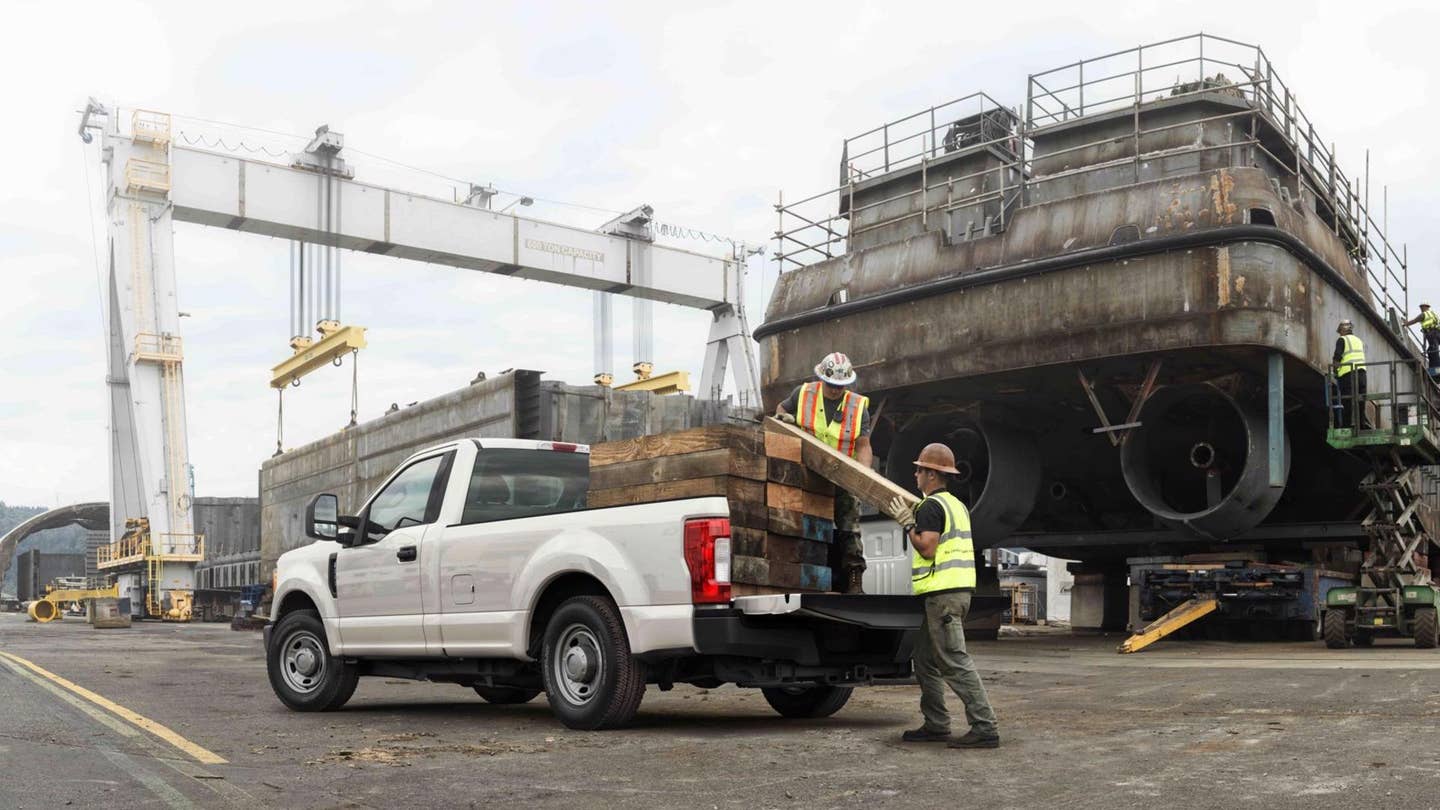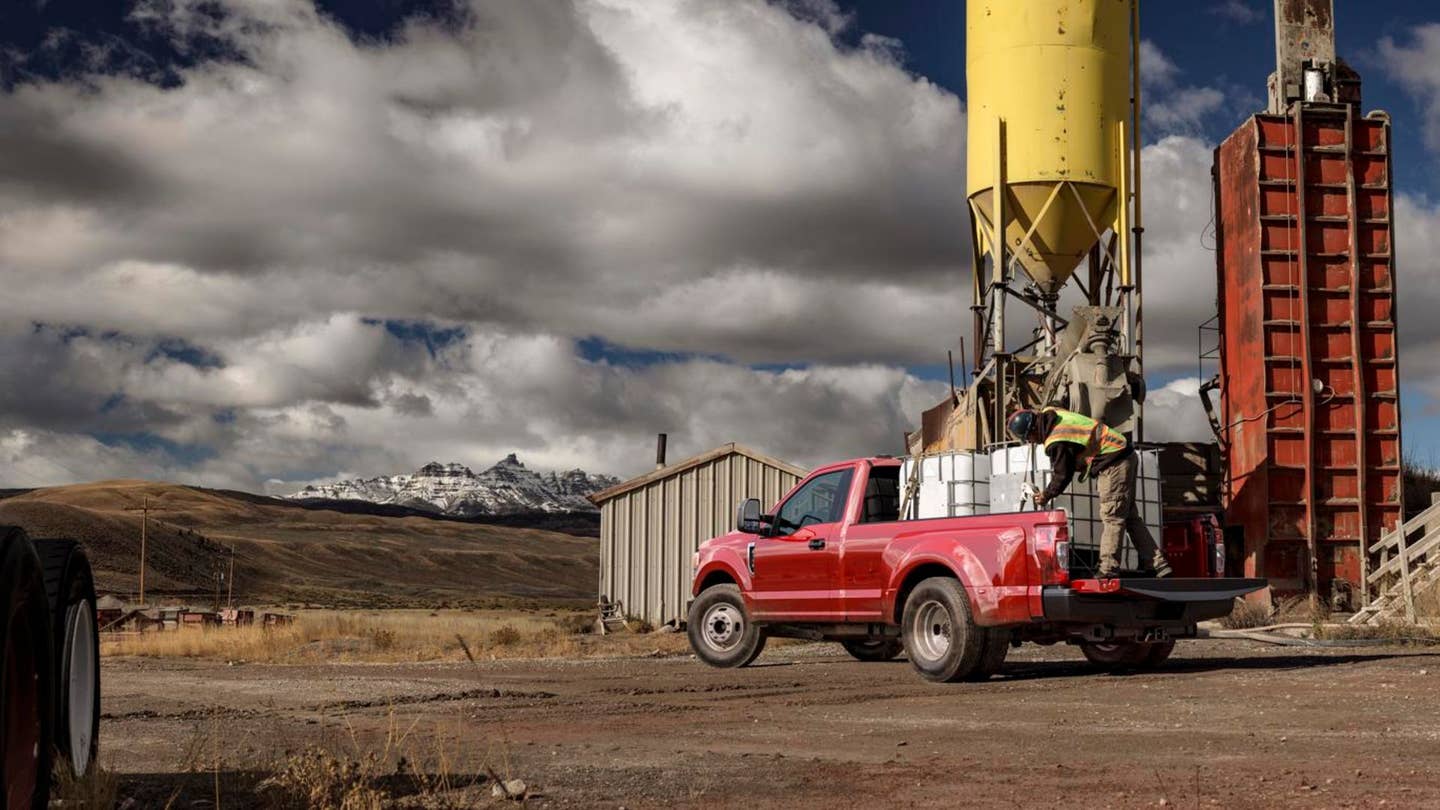What Is Payload Capacity?
Understanding a vehicle's payload capacity is crucial for both safety and performance, whether you're hauling construction materials, transporting recreational gear, or simply moving heavy items. Payload capacity refers to the maximum weight a vehicle can carry, including the weight of the passengers, cargo, and any additional equipment. Knowing your vehicle’s payload capacity ensures you don't overload it, which can lead to mechanical issues, reduced efficiency, and potential safety hazards.
In this guide, we'll delve into what payload capacity is, why it's important, and how to determine the payload capacity of your vehicle to make informed and safe hauling decisions.

What Is Payload Capacity?
Payload capacity refers to the maximum amount of weight a vehicle can carry, including passengers, cargo, and any additional equipment or accessories. It is a measure of the vehicle's carrying capacity, excluding the weight of the vehicle itself. For example, if a truck has a payload capacity of 2,000 pounds, this means it can safely carry up to 2,000 pounds of additional weight on top of its own weight.

Calculating payload capacity is relatively straightforward. It involves a few key pieces of information about your vehicle:
Gross Vehicle Weight Rating (GVWR): This is the maximum total weight the vehicle can handle, including the vehicle itself, passengers, cargo, and any additional equipment.
Curb Weight: This is the weight of the vehicle without any passengers, cargo, or additional equipment, but with all necessary fluids (like fuel, oil, and coolant).
To calculate the payload capacity, you subtract the curb weight from the GVWR:
- Payload Capacity = GVWR − Curb Weight
- Payload Capacity = GVWR − Curb Weight
For instance, if a truck's GVWR is 7,000 pounds and its curb weight is 5,000 pounds, the payload capacity would be:
- 7,000 pounds − 5,000 pounds =2,000 pounds
- 7,000 pounds − 5,000 pounds = 2,000 pounds

Payload capacity and towing capacity are often confused, but they refer to different aspects of a vehicle's capabilities:
- Payload Capacity: As mentioned, this is the weight a vehicle can carry inside it, including passengers and cargo.
- Towing Capacity: This is the maximum weight a vehicle can tow behind it on a trailer.
Both capacities are crucial for understanding a vehicle's limits. Overloading can lead to safety risks and damage to the vehicle. It’s important to note that the payload capacity includes the tongue weight of a trailer if you’re towing, which is the downward force exerted on the hitch by the trailer.
Payload capacity is used to ensure safety and performance. Knowing the payload capacity helps you:
- Avoid overloading: Overloading can strain the vehicle's engine, transmission, brakes, and suspension, leading to increased wear and potential failures.
- Ensure Safe Handling: Vehicles loaded beyond their payload capacity can become unstable, making them harder to control and increasing the risk of accidents.
- Maintain Efficiency: A vehicle operating within its payload limits will perform more efficiently, with better fuel economy and handling.

Can I exceed the payload capacity if I'm only driving a short distance?
No, exceeding the payload capacity is not safe, regardless of the distance. It can cause immediate damage and pose significant safety risks.
How can I find my vehicle's payload capacity?
You can find the payload capacity in your vehicle’s owner’s manual or on the manufacturer’s website. It's also often listed on a sticker inside the driver's door.
Does adding aftermarket accessories affect payload capacity?
Yes, any additional weight from accessories like roof racks, winches, or aftermarket bumpers will reduce the available payload capacity.
Is payload capacity the same for all versions of a vehicle model?
No, payload capacity can vary between different versions of the same model depending on configurations such as engine size, bed length, and cab style.
Understanding payload capacity is essential for making informed decisions about your vehicle's use and ensuring safety on the road. By knowing your vehicle's limits and adhering to them, you can maintain optimal performance, prevent damage, and stay safe. Always consult your vehicle’s specifications and consider all factors, including passengers and additional equipment, to accurately assess your payload capacity. Happy and safe driving!
Click on the following link to read another blog post: What Is Diesel Exhaust Fluid?












